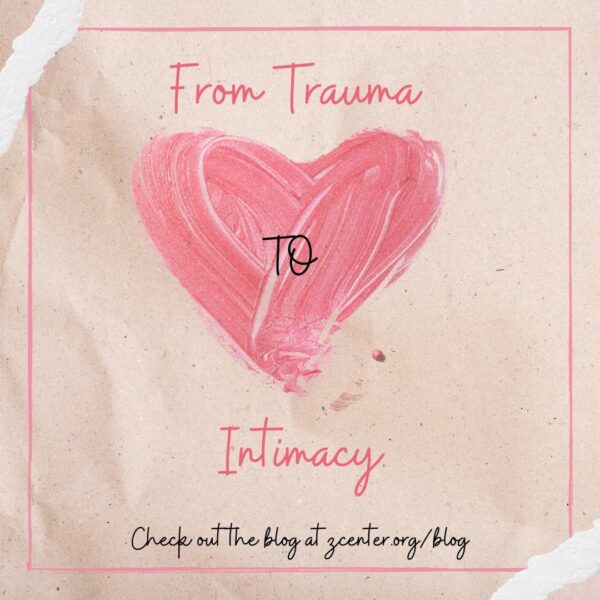A Sexual Society
Sex is everywhere. It is in the ads on TV and on social media, the conversations had among family and friends, and as an integral part of intimate human connection. Recent data shows that the average partnered female-identifying person between the ages of 25 and 59 is having some form of sexual contact weekly (What Is the “Normal” Frequency of Sex?, 2015). These numbers may, to many, indicate that we as a society have decent sex lives.  Conversely, Carnegie Mellon took these numbers and examined them further. The International Society for Sexual Medicine (2015) described this study as taking 64 couples and instructing half to increase sexual frequency and the other half to continue as they were. The couples rated amount of sexual activity and happiness with the results showing that those having more sex were not, in fact, happier. According to Mollen & Abbott (2021), sexual wellbeing, including medically accurate education, is integral to positive sexual expression and satisfaction. However, they noted that comprehensive education has steadily declined since 1995, especially for women, persons of color, and those of low socioeconomic status. With this lack of education, how are people as intimate beings supposed to really know about sex? Better yet, how does one distinguish sex? Bad sex? Good sex? Great sex? Hell, was it even truly consensual?
Conversely, Carnegie Mellon took these numbers and examined them further. The International Society for Sexual Medicine (2015) described this study as taking 64 couples and instructing half to increase sexual frequency and the other half to continue as they were. The couples rated amount of sexual activity and happiness with the results showing that those having more sex were not, in fact, happier. According to Mollen & Abbott (2021), sexual wellbeing, including medically accurate education, is integral to positive sexual expression and satisfaction. However, they noted that comprehensive education has steadily declined since 1995, especially for women, persons of color, and those of low socioeconomic status. With this lack of education, how are people as intimate beings supposed to really know about sex? Better yet, how does one distinguish sex? Bad sex? Good sex? Great sex? Hell, was it even truly consensual?
Sex as trauma
Based on this information, it appears that society may have become one of double-entendres and sexual banter, without the actual knowledge base to back it up. This includes having real conversations with our intimate partners around the pros and cons of the sex it appears we are all having. Now, couple this information we just discussed and introduce the intricacies of sexual violence. The most recent statistics from the National Sexual Violence Resource Center show that 81% of women and 43% of men will experience some form of sexual violence in their lifetimes (The Facts behind the #metoo Movement, n.d.).  If it is already hard enough for people to discuss sexuality with those that they are engaging in the act with, what does this mean for those that are sexually traumatized? To further complicate these already large numbers, 51% of these reported incidences are by people they know. This makes future intimacy complex because the reality of sexual experiences directly ties back to a trauma. This can look like dissociation during sex, hypervigilance, or hypersexuality as a means to control the sexual narrative (Maltz, 2012). These things have become much more commonly known, however, it is still very difficult to know how to navigate the changes that take place mentally, physically, and emotionally.
If it is already hard enough for people to discuss sexuality with those that they are engaging in the act with, what does this mean for those that are sexually traumatized? To further complicate these already large numbers, 51% of these reported incidences are by people they know. This makes future intimacy complex because the reality of sexual experiences directly ties back to a trauma. This can look like dissociation during sex, hypervigilance, or hypersexuality as a means to control the sexual narrative (Maltz, 2012). These things have become much more commonly known, however, it is still very difficult to know how to navigate the changes that take place mentally, physically, and emotionally.
Tips for Post-Trauma Intimacy
The old adage that knowledge is power really matters when it comes to journeying through sexual trauma either as a survivor, or as a significant other of those who have faced sexual violence. These tips can provide some starting points for the journey toward post-trauma intimacy and connection.
1.Talk about intimacy.
Knowing that we as a society do not have a grounded base in sexual health, means that intimacy is not something that many people discuss. How do people feel loved? What are the ways that each person expresses their love, care, and concern for others? Intimacy does not automatically equal sex. The definition of intimacy is closeness, and after trauma, closeness is avoided because that is how that person was hurt. Defining safety, acts of love, etc. is key to building trust and a more close relationship.
2. Learn about PTSD.
PTSD, or Post Traumatic Stress Disorder, is unique to each person and presents with different symptoms. Knowing what your partner is experiencing, or knowing what you as a survivor is experiencing, is integral to understanding what triggers you. Once triggers are identified, they will no longer be unknown and can therefore be managed appropriately without as many surprises.
3. Create positive sexual experiences.
Using consent as a guide, exploration of comfort around sexual interaction can begin to reframe sexuality as a positive instead of something to be feared or avoided. After trauma, the brain wants to keep us as safe as possible, and that includes staying far away from anything resembling the traumatic experience. In order to orient ourselves to sex as a positive interaction, work slowly, by yourself or with a partner to introduce positive sexual interactions using all senses to build a good foundation for sex and intimate connection.
4. COMMUNICATION
Discussing how to work through these difficult experiences is beneficial in two ways. Communicating feelings about trauma allows the survivor and/or their partner to express happiness, sadness, frustration, etc. so it is no longer bottled up inside causing its own set of symptoms. It also allows people to express likes and dislikes around sex so there is a clearly defined understanding about boundaries and that the survivor is able to regain control in a sexual environment.
Written by Christine Berry, LPC, NCC, Doctoral Candidate, Director of Services.
All ZCenter blog posts are written by state certified staff, interns, and volunteers. For questions on authorship or content, please email kjones@zcenter.org.

